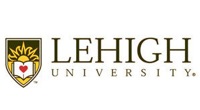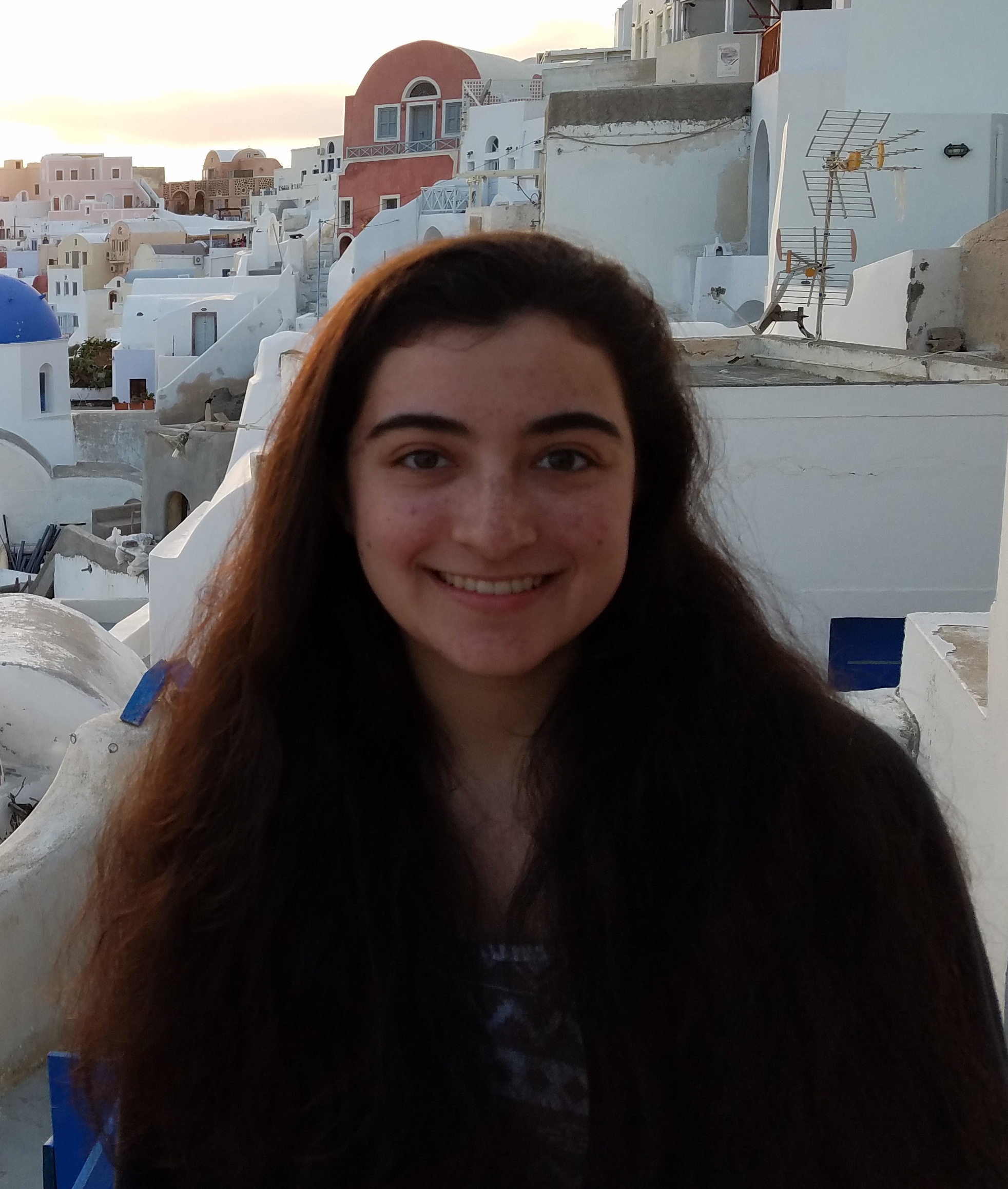Below is a summary of the abstract you submitted. Presenting author(s) is shown in bold.
If any changes need to be made, you can modify the abstract or change the authors.
You can also download a .docx version of this abstract.
If there are any problems, please email Dan at dar78@pitt.edu and he'll take care of them!
This abstract was last modified on May 1, 2018 at 7:35 a.m..

Lehigh’s SEA-PHAGES program continues as a collaborative research enterprise for first year and advanced undergraduates who focus on isolating and characterizing Actinobacter phages to gain a better understanding of phage genome structure, gene function, and phage biology in general. Of special interest to our group are mycobacteriophages from Cluster N – a group of temperate phages characterized by relatively small genomes of average size 43,111bp and a highly variable region centrally positioned within the genome. Recently, a novel mechanism of prophage-mediated immunity was uncovered for Cluster N lysogens that provides defense against attack by variable groups of heterotypic mycobacteriophages and appears dependent on genes in the variable region of Cluster N genomes (Dedrick et al., 2017). We report on progress on several projects. I. In addition to uncovering 16 new phages infecting Mycobacterium smegmatis including two new Cluster N phages, Parmesanjohn and Spongebob, our 9th year cohort of students focused on testing infectivity of newly isolated phages on Cluster N Xeno lysogen lawns, and discovered three Cluster A11 phages with reduced infectivity compared to infectivity on M. smegmatis lawns. Isolation of defense escape mutants is currently in progress. II. An estimate of cluster diversity was obtained from DOGEMS analysis and annotation of two Cluster N phages (Spongebob Parmesanjohn) and 3 Cluster A11 phages (Munch, Bowtie and Bud). III. We used RNAseq to explore changes in host gene expression following early and late lytic infection (by a Cluster N phage). Additionally, we examined transcription patterns in a Cluster N lysogen and a putative Cluster W lysogen. Preliminary data show patterns of M. smegmatis gene expression vary depending on phage type. Collectively, these experiments provide further insights into M. smegmatis host-phage interactions affecting host defense against viral attack and host gene expression.


